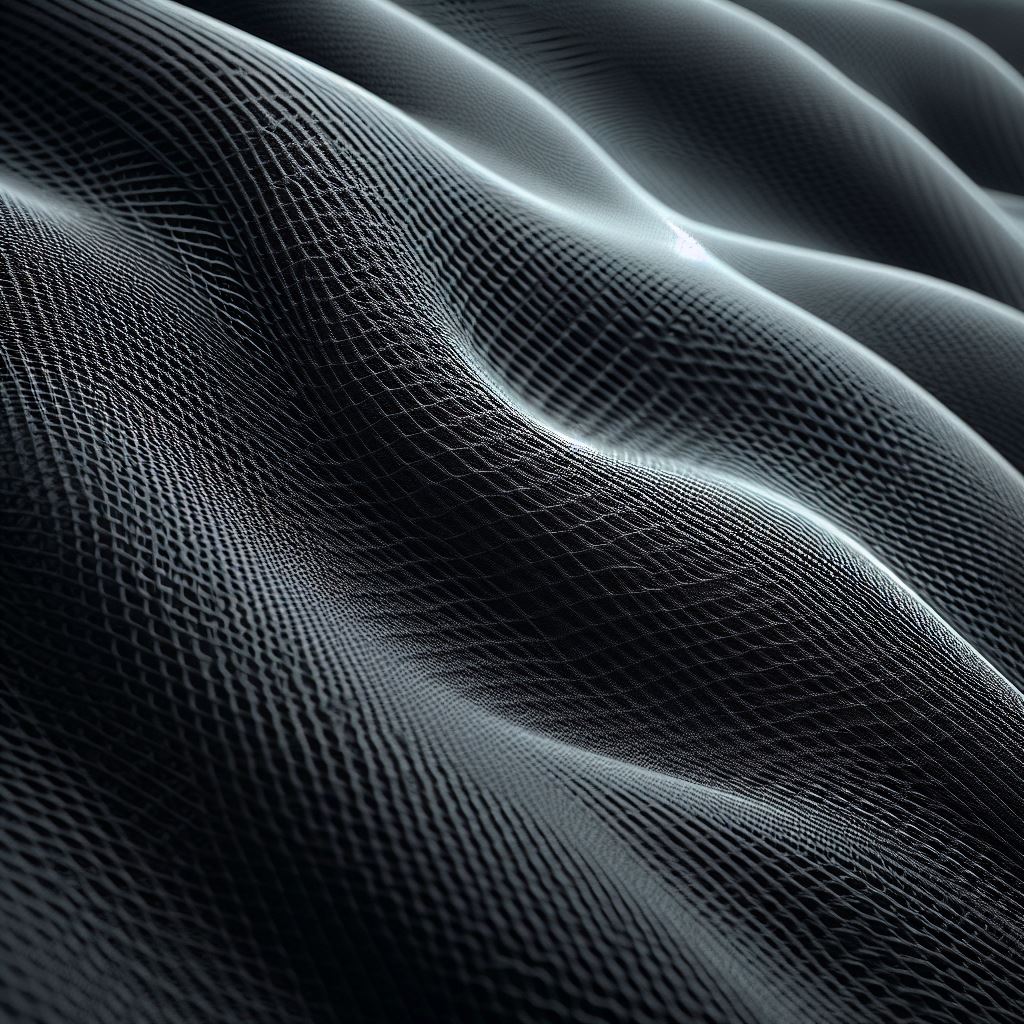In the quest to achieve a sustainable and clean environment, DexMat has launched Galvorn, a revolutionary product that could change the landscape of several industries.
With the shadows of climate change and global warming looming large, the need to tackle these has become essential. The precious metals are used for several purposes; however, they come at the cost of severe environmental consequences.
Thus, an eco-friendly material replicating the beneficial properties of metals would prove immense in the fight against global warming and climate change. DexMat strives to achieve this through Galvorn, a material made by splitting hydrocarbons found in the combustion of petroleum and natural gas.

Credits : Microsoft Designer, 3-D image of Galvorn at microscopic level
Due to its unique properties, the material has raised an investment of more than $20 million from NASA, the Department of Energy, the U.S., and several other prominent companies.
All these investments have helped the company commercialise its technology and explore new manufacturing options in the energy, automotive, aviation, and wearables sectors.
In this article, we will cover the people behind the discovery of Galvorn, the need to replace existing building materials, and whether Galvorn would be a desirable option in terms of efficacy in construction.
DexMat: The Masterminds Behind Galvorn
DexMat is a Houston-based carbon nanotube startup that began its journey at Rice University. It was further developed by patents by the late Nobel Prize winner in Chemistry, Rick Smalley, and his collaborator Matteo Pasquali, co-founder and chief science adviser of DexMat.
The company’s primary aim is to become a key part of the next industrial revolution by developing metals and materials that negatively impact the environment obsolete. In short, DexMat is driven by its passion for driving the Carbon-negative age to reality.
The Immediate Need for an Alternate Building Material
Heavy metals such as steel, aluminium, and copper are utilised for several building purposes. Despite their various benefits, they come at a huge cost of severe environmental impacts, including environmental pollution and reduction in biodiversity.
Copper is essential for producing electric vehicles, solar panels, and wind turbines. However, the amount of copper we generally require for use outpaces the supply by a huge margin. Thus, the metal is being utilised at a dangerous rate that could affect its future availability.
Steel and aluminum, on the other hand, play a vital role in the contribution of global emissions. Despite their various benefits, both these metals combine to produce over 10 per cent of total global emissions.
Aluminium is significant for its extensive role in developing several important products. These include manufacturing Aeroplane parts, trains, and electronic items. When it comes to Steel, the metal has transformed itself into a trillion-dollar industry that has massive implications for construction activities throughout the world. Steel is essential when it comes to building bridges, tunnels, ports, etc.
While the benefits of these metals are indisputable, their negative effects on the environment and current global warming conditions mean that the need for an eco-friendly alternative is a top priority.

Credits: Microsoft Designer, Galvorn- an eco-friendly substitute for traditional metals.
Galvorn: An Effective Future Alternative?
With a conductivity of 10 MS/m (Mega Siemens per meter), Galvorn also boasts of being comparatively more lightweight, durable, stronger, soft, and even flameproof.
Galvorn is 10x stronger than some of the strongest forms of steel and 30x stronger than stainless steel and other common structural steel. A bonus is that it is carbon-negative at scale. As compared to aluminium, Galvorn is 30x stronger and is apt for making lightweight applications.
When it comes to copper, its main attraction is its conductivity. However, the drawbacks of copper include its high density and low durability. That is, Galvorn claims to shine with its high durability and corrosion resistance, making it a promising option for future applications.
Finally, it is a non-toxic, biocompatible material. These properties make it an eco-friendly option for tackling the looming shadow of climate change effects.
The Applications of DexMat’s Galvorn
DexMat has so far developed 4 different Galvorn materials. These materials can be used for different applications in the real world. The following are the different materials that are available for purchase:
- Galvorn twisted yarn: Galvorn fibres are twisted into yarn, which can be used for light wires, e-textiles, motor wires, and more.
- Galvorn fabric: Galvorn yarns and fibres are woven together to develop this product. It can be used for electronic equipment, wearable electrodes, and more.
- Galvorn film: Flexible and conductive film or tape made from Galvorn is used for EMI shielding, batteries, and antennas.
- Galvorn fibre: Made of a single filament Galvorn fibre that is not twisted, plied, or braided, Galvorn fibre can be a good option for composites.
What Does the Future Hold for Galvorn?
With the product’s vast potential resulting in several investments from top companies, the future looks bright for Galvorn and DexMat. Additionally, research from Fortune Business Insights predicts that the carbon nanotube business could grow from about $5.3 billion in 2021 to $10.5 billion by 2028. Thus, all signs point to further success for the magical material that looks to be the next big thing.
If you enjoyed reading our articles, please support us by buying our geeky merchandise on Instagram. Alternatively, you could buy us a coffee or follow us on Facebook, Twitter, Pinterest, or Medium.


